ASM Metals HandBook Vol. 14 - Forming and Forging
Подождите немного. Документ загружается.

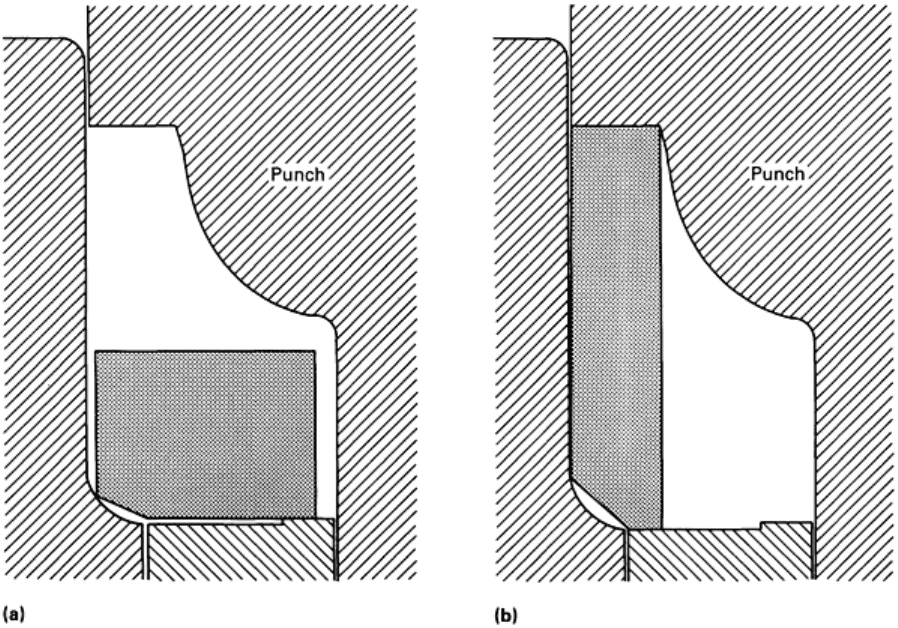
Fig. 32 Preform alternatives for forging the ball bearing outer race shown in Fig. 30.
(a) Back extrusion. (b)
Compression and radial inward flow.
The primary concern with the second option (Fig. 32b) was the large amount of radially inward deformation required to
form the inner flange. As a result, this option was examined by physical modeling. Model preforms were produced from
sintered 601AB aluminum alloy powder and gridded on the inside surface (Fig. 33a). Grid displacements were measured
after each of several increments of deformation, and the calculated strains were plotted along with the fracture line of the
material (Fig. 33b). It is clear that both the axial and circumferential strains are compressive throughout the process and
do not exceed the fracture line. Some wrinkling of the inside surface occurred, but this was smoothed out when the
surface contacted the mandrel under pressure.
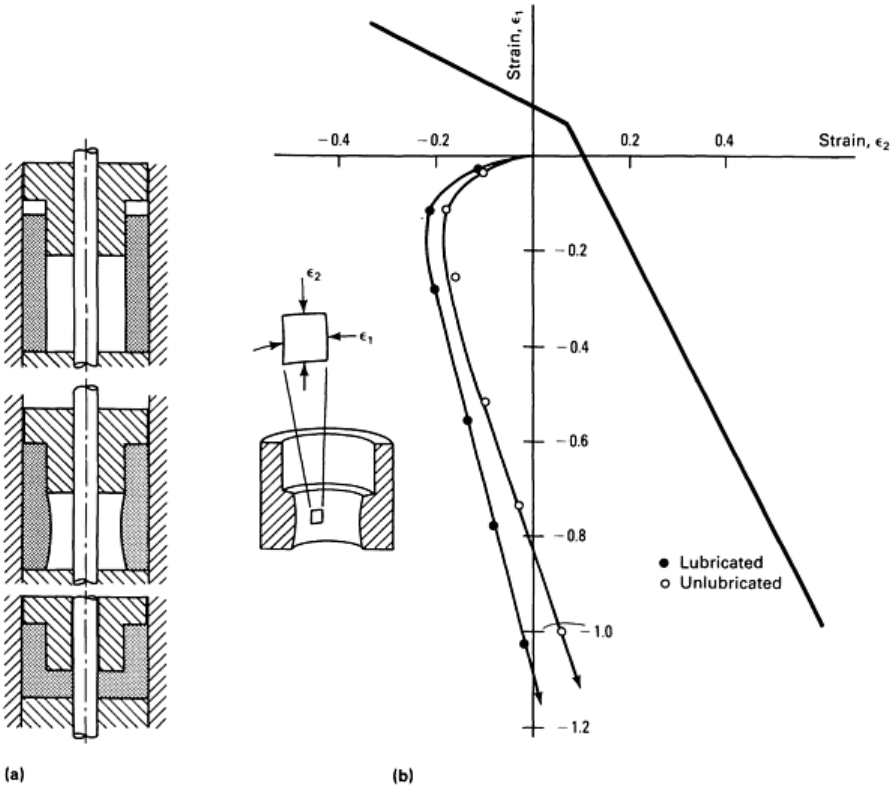
Fig. 33 Physical model (a) for the second option (Fig. 32
b) and the measured strains (b) during forging of the
preform. The heavy line is the material fracture line. It is clear that the strain path never crosses the fracture
line and that defects are prevented.
Actual production of straight-wall preforms, as in Fig. 33(a), was not feasible, because the height-to-thickness ratio is too
large for compaction. A compromise was developed in which the preform angle was 17° instead of 30°, as used in the
original preform, or 0°, as used in the physical model (Fig. 33b). This ensured initial punch contact at the top face of the
preform and generated compressive strains on the inside surface, as in Fig. 33(b). Cold-forging trials on these preforms
produced no cracks, developed the desired full density in the ball path region, and showed the added benefit of a smooth
ball path surface that did not require grinding.
Example 2: Back Extrusion of Copper Alloy.
A low-ductility dispersion-strengthened copper alloy was back extruded into a cup shape, as shown in Fig. 34. The
deformation was carried out at room temperature on a mechanical press. Crack formation on the rim caused high rejection
rates. The original slugs for this process were smaller in diameter (16 mm, or 0.625 in.) than the die inside diameter (19
mm, or 0.75 in.), as shown in Fig. 35(a). Deformation of such preforms involves circumferential expansion strain (equal
to ln (D/d), where D is the die bore diameter and d is the slug diameter), along with very little compressive strain at the
rim (Fig. 35b). For this case, the circumferential strain is ln (0.75/0.625) = 0.18. Workability analysis would then require
only measurement of the material fracture line and comparison with the required circumferential strain 0.18.
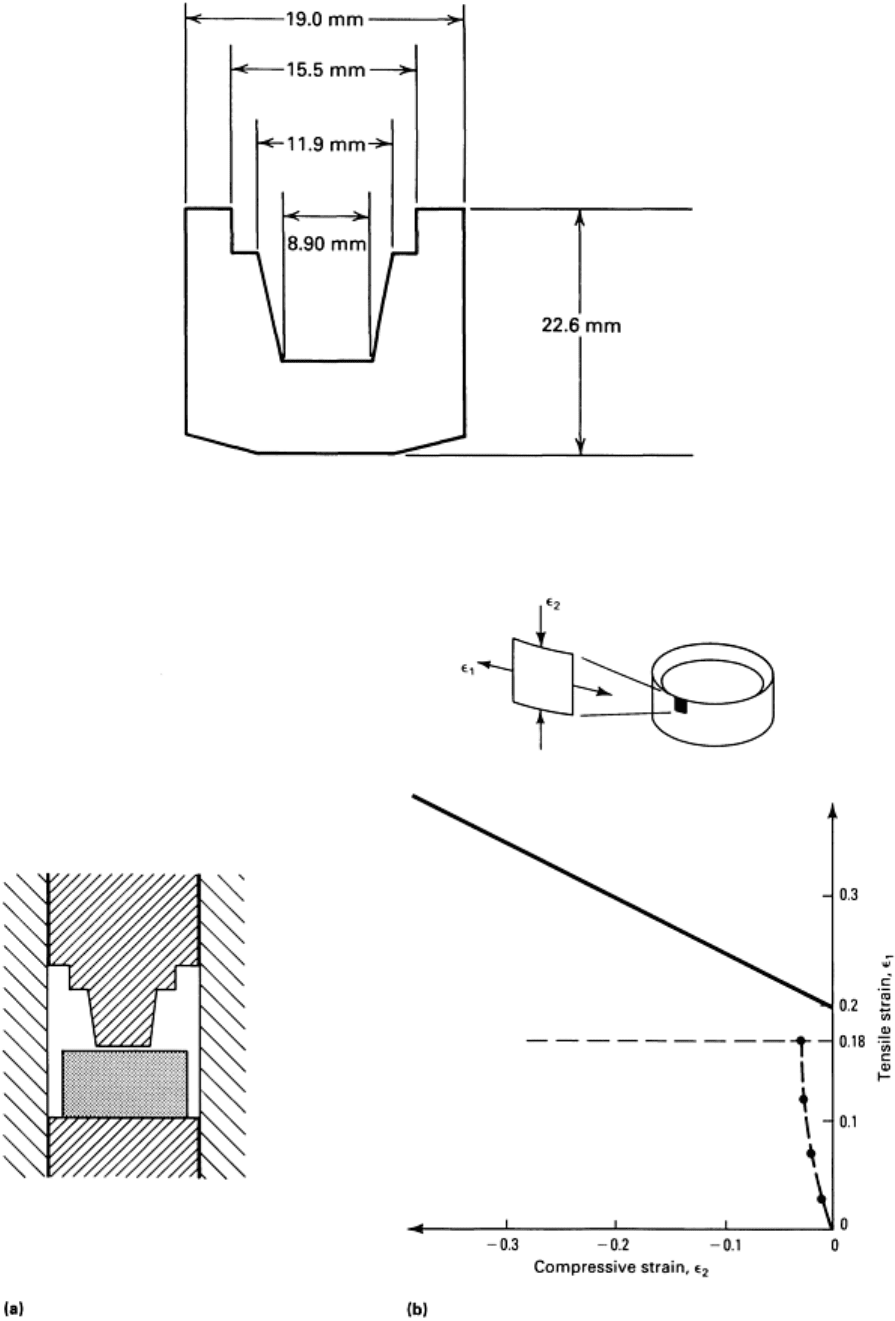
Fig. 34 Part that was back extruded from copper alloy.
Fig. 35 Back extrusion of the cup shape shown in Fig. 34
. (a) The preform slug was 16 mm (0.625 in.) in
diameter; the die was 19 mm (0.75 in.) in diameter. (b) Strains at the cup rim where fracture occurred consist
of circumferential tension to a value of 0.18, and very little compressive strain.
The heavy line is the material
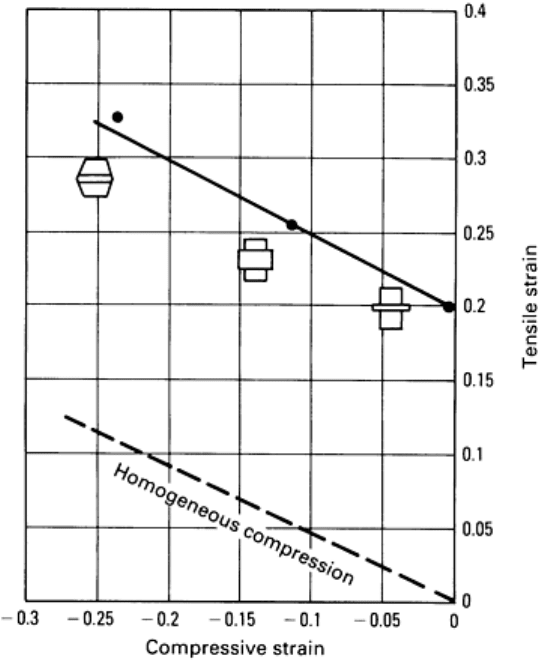
fracture strain line.
Fracture strains were measured in flange compression tests, as shown in Fig. 36, giving a minimum circumferential strain
of 0.2, which is sufficiently above the required strain for avoidance of fracture. A hydraulic press was used (giving a
strain rate of approximately 0.5 s
-1
), on the assumption that there is no strain rate effect at room temperature. Because the
workability analysis showed that fracture should not be a problem, the effect of strain rate was explored further.
Fig. 36 Fracture strain line for copper alloy, determined by flanged and tapered compression tests.
Specimen
geometries used for each test are also shown.
Tests were performed on the same alloy using controlled strain rate servohydraulic test equipment at strain rates of 5, 10,
and 15 s
-1
; the third strain rate given is close to that in the production mechanical press. Figure 37 shows the surprising
result that the fracture limit line decreases with increasing strain rate. In particular, the minimum circumferential strain
falls below the required value of 0.18 for successful forming of the rim; this explains the occurrence of fracture on the
production press. The problem was corrected by using slugs of larger diameter to decrease the circumferential tension and
by preforming a taper on the top face (Fig. 38), which produced some axial compression in the material at the rim. The
strain path then avoided crossing the fracture line (Fig. 39), and the rejection rate during production on the mechanical
press was nil.
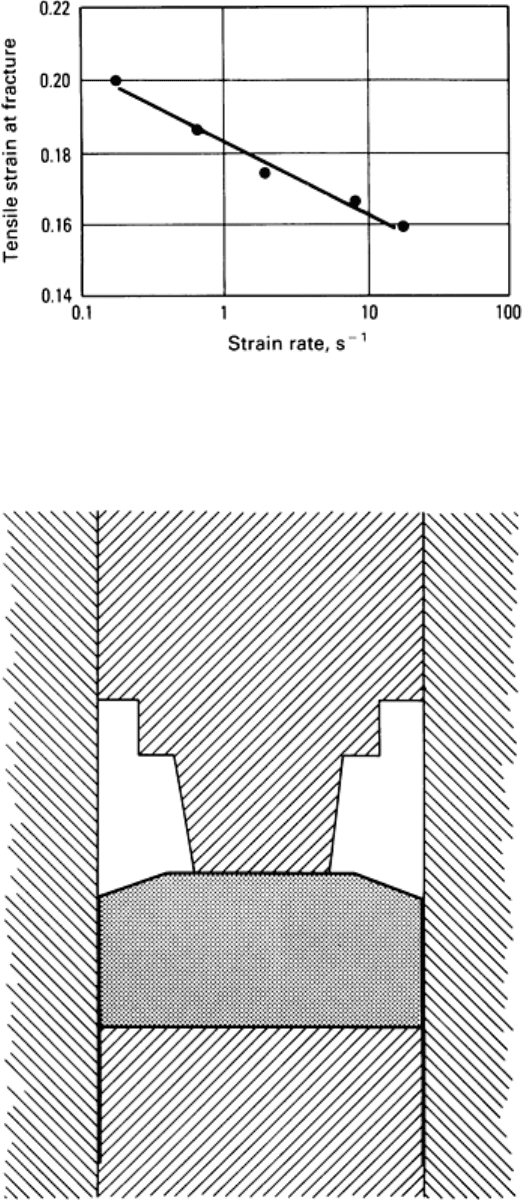
Fig. 37
Decrease in circumferential tensile strain at fracture with increasing strain rate for the copper alloy
tested in Fig. 36. Results are for thin-flanged compression specimens, which have the lowest fracture strain.
Fig. 38 Modified preform slug for the back extrusion of the cup shape shown in Fig. 34
. The slug diameter is
18.8 mm (0.74 in.) and has a 5° taper on the top surface.
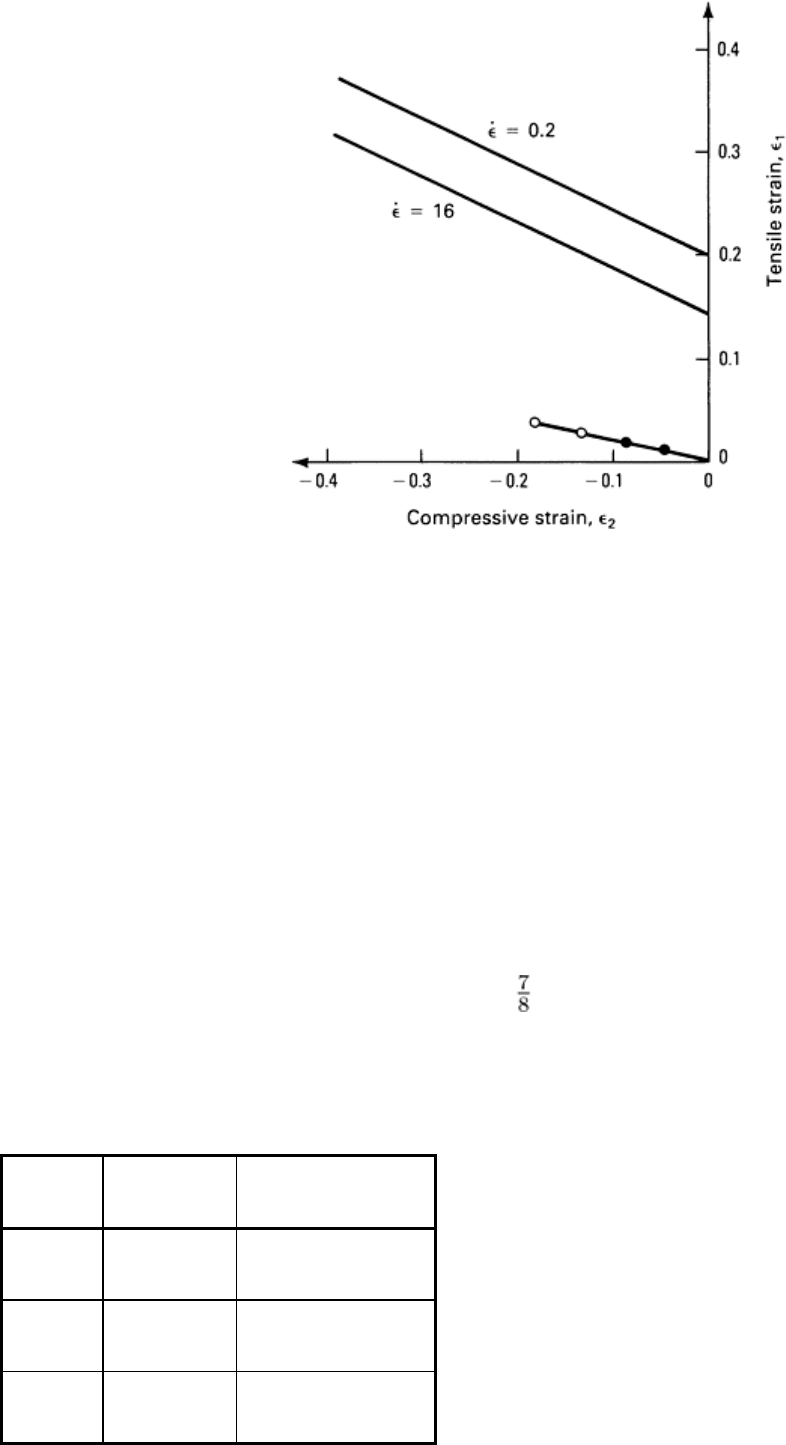
Fig. 39
Comparison of measured strains at the cup rim during back extrusion of the modified preform slug
shown in Fig. 38. The strains do not exceed the material fracture strain line for low or high strain rate forming.
Contact Surface Fracture and Internal Fracture. All of the previous applications and examples involved free
surface fractures and could be treated directly by the fracture line. Consideration of contact surface fractures (Fig. 5) and
internal fracture (Fig. 6), however, requires modification of this approach or use of a new approach. In the following, an
example is given of the application of the upper bound and tensile stress criteria to central burst in extrusion. The
empirical workability concept described previously is then modified for application to contact surface fracture as well as
central burst.
Example 3: Central Burst During Extrusion.
Central burst can occur in extrusion when light reductions and large die angles are used (Fig. 19) and it is encountered in
the production of shafts for transmissions and suspension systems. A test of the central burst criterion was carried out by
processing shafts from hot-rolled 1024 steel bars 22 mm ( in.) in diameter (Ref 16). The processing sequence consisted
of initial drawing followed by three extrusion steps in a boltmaker:
Process Reduction, %
Die half-angle, degrees
Drawing 8
9
Extrusion 22
22.5
Extrusion 23
22.5
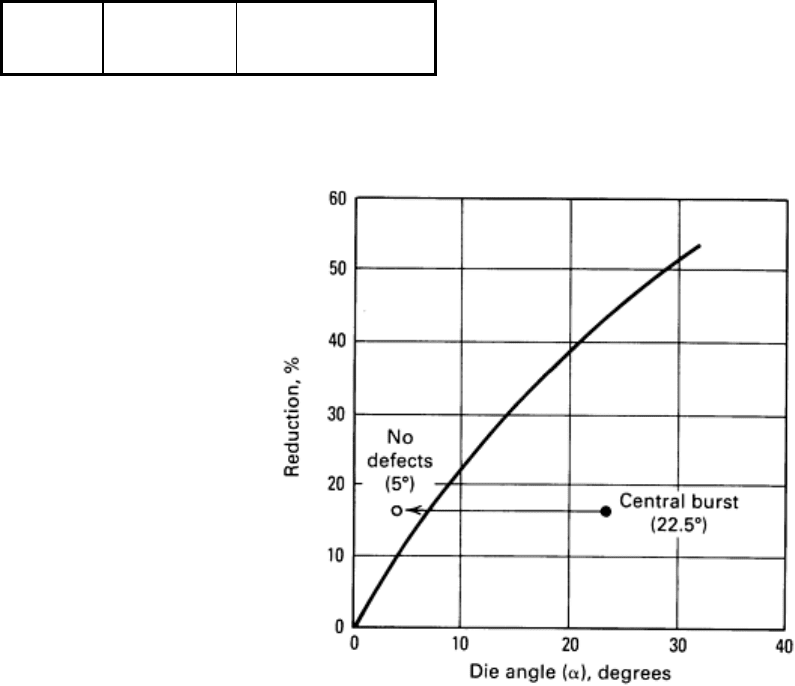
Extrusion
16 22.5 or 5
All passes are in the central burst area of Fig. 40, except for the last pass with a 5° die angle.
Fig. 40
Location of process conditions on a theoretical central burst map. For an angle of 22.5°, central burst
occurred in 4.5% of the extruded shafts. For a die angle of 5° no central burst occurred.
A total of 1000 shafts were processed with the 22.5° die, and 500 shafts with the 5° die. All shafts were tested
ultrasonically for internal defects. Central bursting was detected in 4.5% of the shafts extruded with the 22.5° die, and no
defects were detected in the shafts extruded with the 5° die. These results show that the upper bound central burst
criterion is a necessary condition. It was further shown in Ref 16 that central burst was avoided in other heats with
slightly different compositions because their strain-hardening coefficients were larger than the original heat. This
confirmed the predicted results in Ref 10.
Modified Empirical Criterion. It was shown previously in this article that measured free surface strains at fracture fit
a linear or bilinear line that constitutes a fracture locus for the material tested (Fig. 10, 11, 12). This is a convenient
representation of the complexities of ductile fracture, which are controlled by stress and deformation. The experimental
fracture locus is also reproduced by several theoretical fracture criteria (Fig. 14, 16, and 17).
For contact surface and internal fractures, however, the surface on which the strains can be monitored is subjected to
stress normal to that surface. It was shown in Eq 3 that stress states leading to a given set of surface strains differ only by
a hydrostatic stress component, and this component is equal to the applied stress normal to the surface on which the
strains are monitored. Experience shows that this hydrostatic stress affects fracture, and it should also affect the fracture
strain locus. It should be possible, then, to use the theoretical fracture criteria to predict the effects of hydrostatic stress on
the fracture strain locus.
The simplest criterion described previously in this article is that due to Cockcroft; therefore, it was modified to predict the
effects of stress normal to the plane (Fig. 5 and 6) on the fracture strains
1
, and
2
. The result (Fig. 41) shows that
superimposed pressure (P > 0) increases the height of the fracture strain line and also increases its slope slightly.
Superimposed tension (P < 0) decreases the height of the fracture line, decreases its average slope, and gives it a slight
downward curvature. It is clear that the increase in strains to fracture due to additional pressure is unlimited as pressure
increases, but the strains to fracture due to additional tension are limited by zero as tension increases. This result is
discussed below with regard to internal fracture and die contact surface fracture.
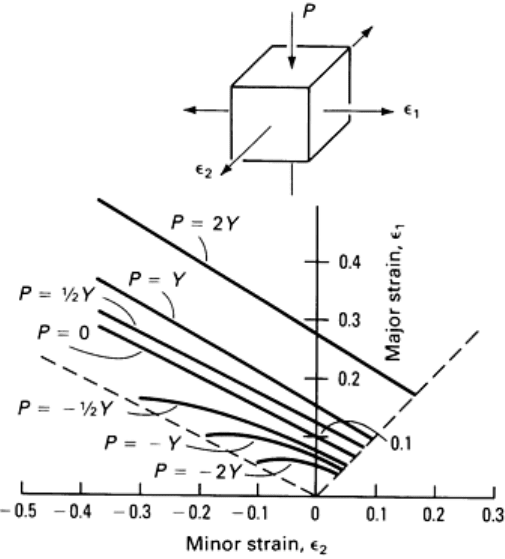
Fig. 41 Movem
ent of the fracture strain line due to superimposed hydrostatic stress. Applied stress is
represented in terms of multiples of the yield strength, Y. Negative values of P
indicate hydrostatic tension.
Calculations are based on a modification of the Cockcroft criterion.
Central Burst in Forgings. Internal fractures along the centerline of extruded or drawn bars were discussed above
(Fig. 18, 19, 23, and 40). Similar fractures are observed served in forged shapes, such as that shown in Fig. 42 for heat-
treated 6061 aluminum alloy. Here, as the outer region is compressed between dies, material flows radially inward and
then vertically into the opposed hubs. This develops a hydrostatic tensile stress state at the center (Fig. 6a), and fracture is
a strong possibility.
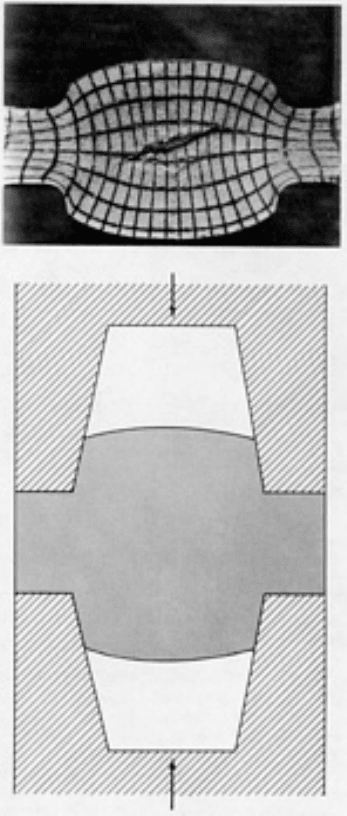
Fig. 42 Internal fracture during the double-extrusion forging of aluminum a
lloy 6061. Grid deformations on the
middle longitudinal plane are shown. Stress and strain states are defined by Fig. 6(a).
Through visioplasticity analysis on split, gridded specimens (Fig. 42), the strain and stresses at the center of the
workpiece were calculated for several increments of deformation. The hydrostatic stress state at the center of the
specimen is not always tensile; initially, it is compressive, and then it reverses, becoming tensile as the flange thickness is
reduced and flow into the hub occurs. Meanwhile, the strains at the center are increasing monotonically as deformation
progresses. This is illustrated in Fig. 43 by the steps 0-1-2-3. As deformation proceeds, the strains at the center increase;
but the hydrostatic pressure is also increasing, so the fracture line moves upward. Then, as the flange thickness
approaches one-half of the hub base diameter (die orifice diameter), the hydrostatic stress becomes tensile, so the fracture
line decreases in height. The strains at the center continue to rise, however, and cross the fracture line, leading to the
central burst. The calculated hydrostatic tension at fracture was 0.3Y. This approach could be used for predicting central
burst in drawing and extrusion to provide a material-dependent criterion, as opposed to the more simplistic upper bound
and tensile stress criteria described previously.
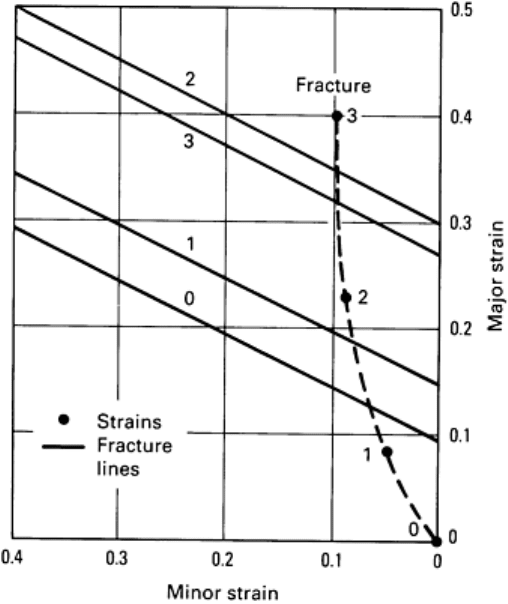
Fig. 43 Progression of surface strains and fracture line at the central internal location of the double-
extrusion
forging shown in Fig. 42
. The fracture line rises from 0 to 1 to 2 as internal pressure increases and then falls to
point 3 as the internal stress becomes tensile.
Die Contact Surface Fracture. Frequently, cracks occur during forging on surfaces that are in contact with the dies
(Fig. 5). One common location of such defects is the vicinity of a die or punch corner. From the observation of a variety
of such defects, it appears that a common characteristic is an abrupt change in frictional shear traction distribution in the
region of the crack. High friction to retard metal flow in advance of the crack location is one method for preventing such
defects.
A technique for studying die contact surface cracks was developed by means of a disk compression test and dies having a
rough surface in the central region and a smooth surface in the outer region. Figure 44 shows the top view of a 6061
aluminum alloy disk compressed between such dies.In the transition region between the rough central die surface and the
smooth outer region, radial cracks initiate and propagate outward. Such cracks occurred at approximately 30% reduction
when the smooth outer region was lubricated with Teflon.The cracks occurred at approximately 45% reduction when
grease lubrication was used in the outer smooth region. No cracks occurred even for very large reductions when the
smooth outer region was not lubricated.
